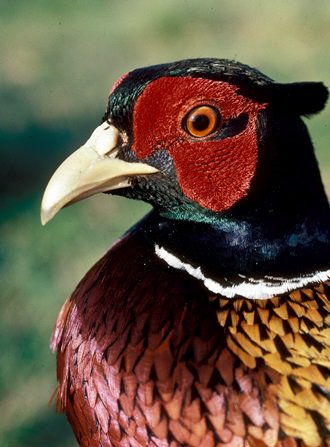Farming Practices Impact Pheasant Population
Wednesday, November 16th, 2016This is Passport to Texas
Pheasant can make a good living in the Panhandle.
If they can find an area where there’s good grain crops—like wheat, sorghum, corn—and playa lakes that will intersect with CRP [conservation reserve program] and the grain crops. That’s really good habitat. The CRP and the playa lakes provide plenty of cover, and the grain crops provide an ample food source for them. And then the irrigated crops, you know, that will provide a good water source for them, too.
Biologist Todd Montandon surveys pheasant in fall to develop harvest recommendations, noting their numbers and distribution.
The change in farming practices has affected where the distribution of the birds has been. Up in the northern panhandle you have more grain, sorghum, corn and wheat. And then as you move further south, it shifts over to cotton and wheat. And it’s not as conducive to pheasant populations as it is up north.
Changes in irrigation also play a role in the species’ survival.
Back in the 70s and 80s, most of the irrigating was done with irrigation ditches into the rows. And now, it’s switched over to the sprinkler system. And there’s not as much water on the ground as there used to be.
Despite these setbacks, Todd Montandon is optimistic about the upcoming hunting season. Details tomorrow.
The Wildlife Restoration program supports our series.
For Texas Parks and Wildlife…I’m Cecilia Nasti.



 Passport to Texas is a
Passport to Texas is a  Passport to Texas is made available by:
Passport to Texas is made available by: